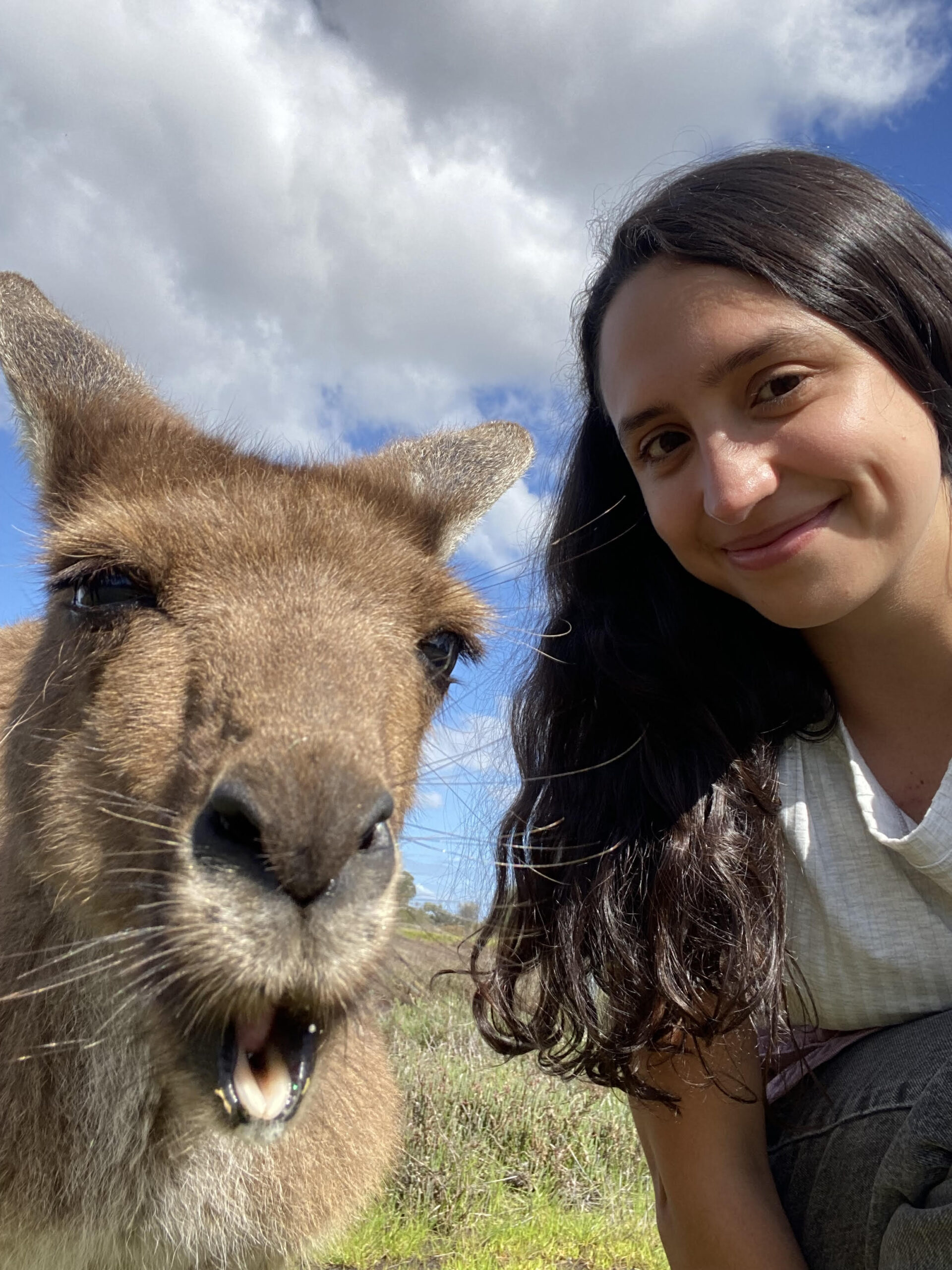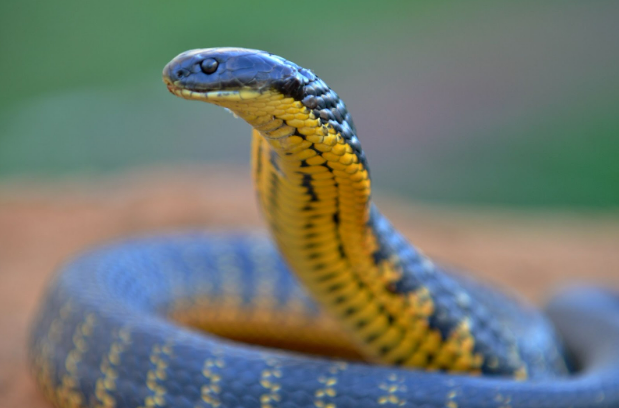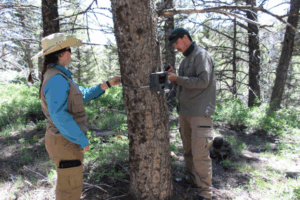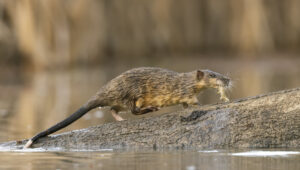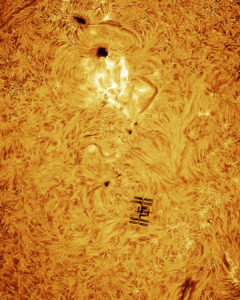Animal communication takes many forms.
It can include sounds and bioacoustics, as well as smells and pheromones.
But other signals, like colour, carry important messages too.
NOW YOU SEE ME
Instead of hiding, some animals use bright colours, smells and other strategies to keep predators away.
This is called aposematism.
Aposematic signals are diverse.
The black and yellow stripes on a tiger snake, the spots on a blue-ringed octopus or the shiny colours on harlequin bugs are all forms of aposematism.
Other animals use foul smells to keep predators at bay.
The jewel-eyed gecko has a striking black and white pattern, and when a potential predator comes close, it squirts a stinky liquid from its tail.
And the spines on an echidna? That’s aposematism too.
Standing out from the crowd seems like a risky move, but there are benefits.
STRANGER DANGER!
Aposematic signals tell potential predators it isn’t worth the risk.
The colours and patterns are usually the first warning.
If the predator still decides to go in for the kill, it is met by secondary defences – like poison or (if they’re lucky) just a bad taste.
Some predators have learned which visual signals to stay away from.
However, learning the hard way is effective too. Previous encounters with aposematic prey help predators recall the animals they should avoid.
And when the cat’s away, there’s more room for others to feed (and play).
IMPOSTER SYNDROME
Other groups of animals reap the rewards of aposematism without actually being harmful to predators.
They have evolved to look like aposematic animals, but they’re not foul-tasting or poisonous.
This is known as Batesian mimicry.
Australian carpenter ants use this defence strategy (or form of parasitism).
These bluff masters look very similar to the aposematic red-legged toothless bull ants, which have strong mandibles and a venomous sting.
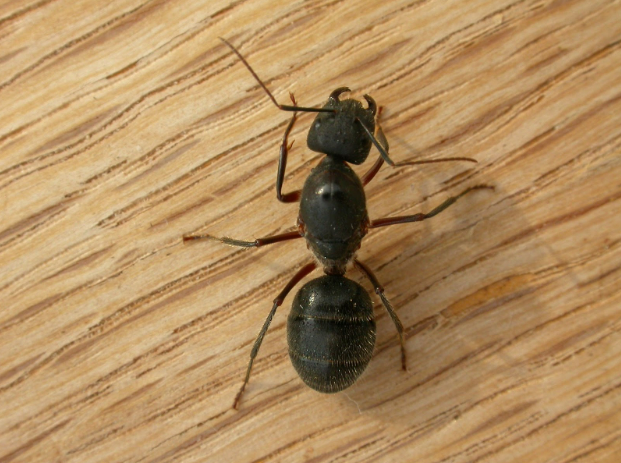
Credit: Donald Hobern via Flickr (CC BY 2.0)
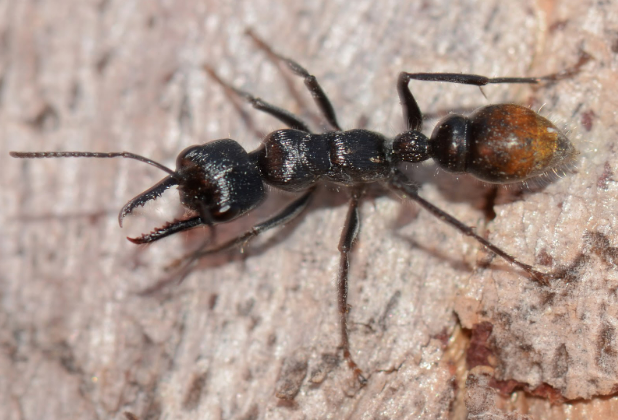
Credit: Jean and Fred Hort via Flickr (CC BY 2.0)
The unique black body, red legs and yellow belly combo on ants can promptly be avoided by eager birds and lizards searching for their next snack.
Fake it until you make it!
And remember. In the wild, all that glitters is not gold
It is, more often than not, a potentially deadly animal.


